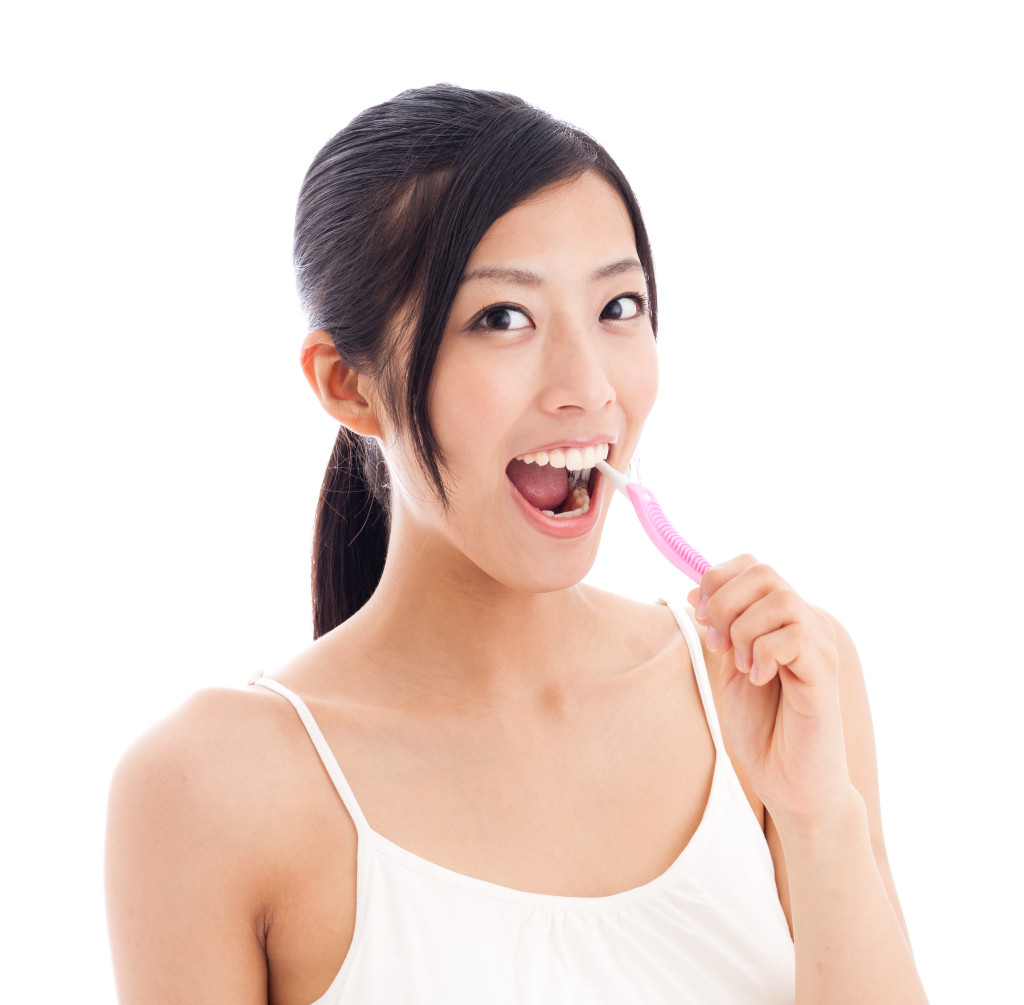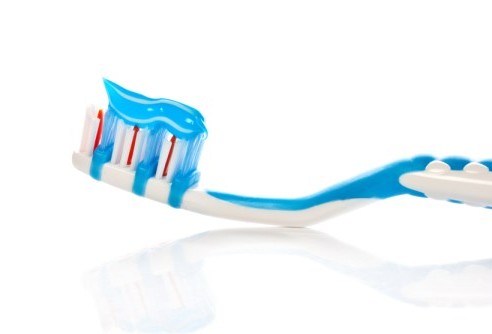PUBLISHED IN TCI WEEKLY NEWS
20th Sept 2014
 A study has recently been published in the British Dental Journal which looked at the brushing advice given by different dental ‘authorities’ including dental associations across ten countries, toothpaste and toothbrush companies and in dental textbooks. They found a surprisingly wide range of recommendations on what brushing method to use, how often to brush and for how long.
A study has recently been published in the British Dental Journal which looked at the brushing advice given by different dental ‘authorities’ including dental associations across ten countries, toothpaste and toothbrush companies and in dental textbooks. They found a surprisingly wide range of recommendations on what brushing method to use, how often to brush and for how long.
The researchers found no clear consensus between the various sources, and a ‘worrying’ lack of agreement between advice from dental associations compared with dental textbooks.
“The public needs to have sound information on the best method to brush their teeth,” says Aubrey Sheiham, Emeritus Professor of Dental Public Health, senior author of the study. “If people hear one thing from a dental association, another from a toothbrush company and something else from their dentist, no wonder they are confused about how to brush.
“Dental associations need to be consistent about what method to recommend, based on how effective the method is. Most worryingly, the methods recommended by dental associations are not the same as the best ones mentioned in dental textbooks. There is no evidence to suggest that complicated techniques are any better than a simple gentle scrub.”
This is an interesting topic for us here on the islands where our population is from such a varied and diverse background, each potentially giving different advice on this topic. However, my view is that we do not need to over-complicate this and if you follow these basic guidelines you will achieve a good level of dental hygiene.
– Brush gently in small circles with the brush at a forty-five degree angle
– Use a small headed, round-ended bristled brush of a medium flexibility
– Brush for 2 minutes as least twice a day (morning and last thing at night)
– Use a fluoride toothpaste
Professor Sheiham also added, “There is little point in brushing after eating sweets or sugary drinks to prevent tooth decay. It takes bacteria from food about two minutes to start producing acid, so if you brush your teeth a few minutes after eating sugary foods, the acid will have damaged the enamel.” Therefore, you should wait around 30 minutes after consuming acidic or acid-creating foods before you brush, to ensure you are not brushing away the softened enamel.
Add to this, regular check-ups with your dentist and professional cleaning and you have a recipe for a health and clean mouth.